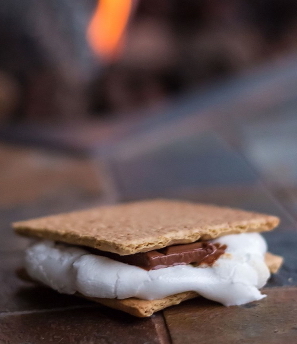SUNSET WEDNESDAY, MAY 18: Enormous bonfires blaze against the night sky across Israel and in Jewish communities worldwide, for Lag B’Omer (or Lag BaOmer; spellings may vary). During daylight hours, celebrants venture outdoors for picnics and children’s activities, while the commemorations of Lag BaOmer are twofold: the holiday marks the end of an ancient plague and, duly, the passing of the mystic Rabbi Shimon bar Yochai. On Lag BaOmer, thousands of Jews gather in Meron, Israel, at the tomb of Bar Yochai.
Literally 33rd day in the Omer, Lag BaOmer marks traditional anniversaries in the Jewish calendar. Between Passover and Shavuot, Jews are, per the Torah, obligated to count the days. (Learn more from Judaism 101.) The omer is a unit of measure, and each night from the second of Passover until Shavuot, Jews recite a blessing and count the omer in both weeks and days. During this period, men and women recall a plague that struck during the time of Rabbi Akiba; haircuts, weddings and parties are put on hold. On Lag BaOmer, the mourning restrictions are lifted.
Fun fact: S’mores are permitted on Lag B’Omer! Read more at Aish.com.
The Talmud relates that during the weeks between Passover and Shavuot, a plague hit Rabbi Akiva’s disciples, because of their disrespectful conduct toward one another. On Lag BaOmer, the dying ceased and, among the surviving students, was Rabbi Shimon bar Yochai. Later, he became the most esteemed teacher of the Torah in his generation. He penned the classic mystic text, the Zohar, still revered by those who study Kabbalah. Today, the importance of love and respect is emphasized on Lag BaOmer, as is the great “light” that Rabbi Shimon bar Yochai brought to the world.
Some also are emphasizing Lag BaOmer as an anniversary of the Bar Kokhba revolt against the Roman Empire. In Israel today, Lag BaOmer is marked in varying ways. In 2004, the Israeli government began designating Lag BaOmer as a day for honoring the Israeli Defense Forces reserves.

